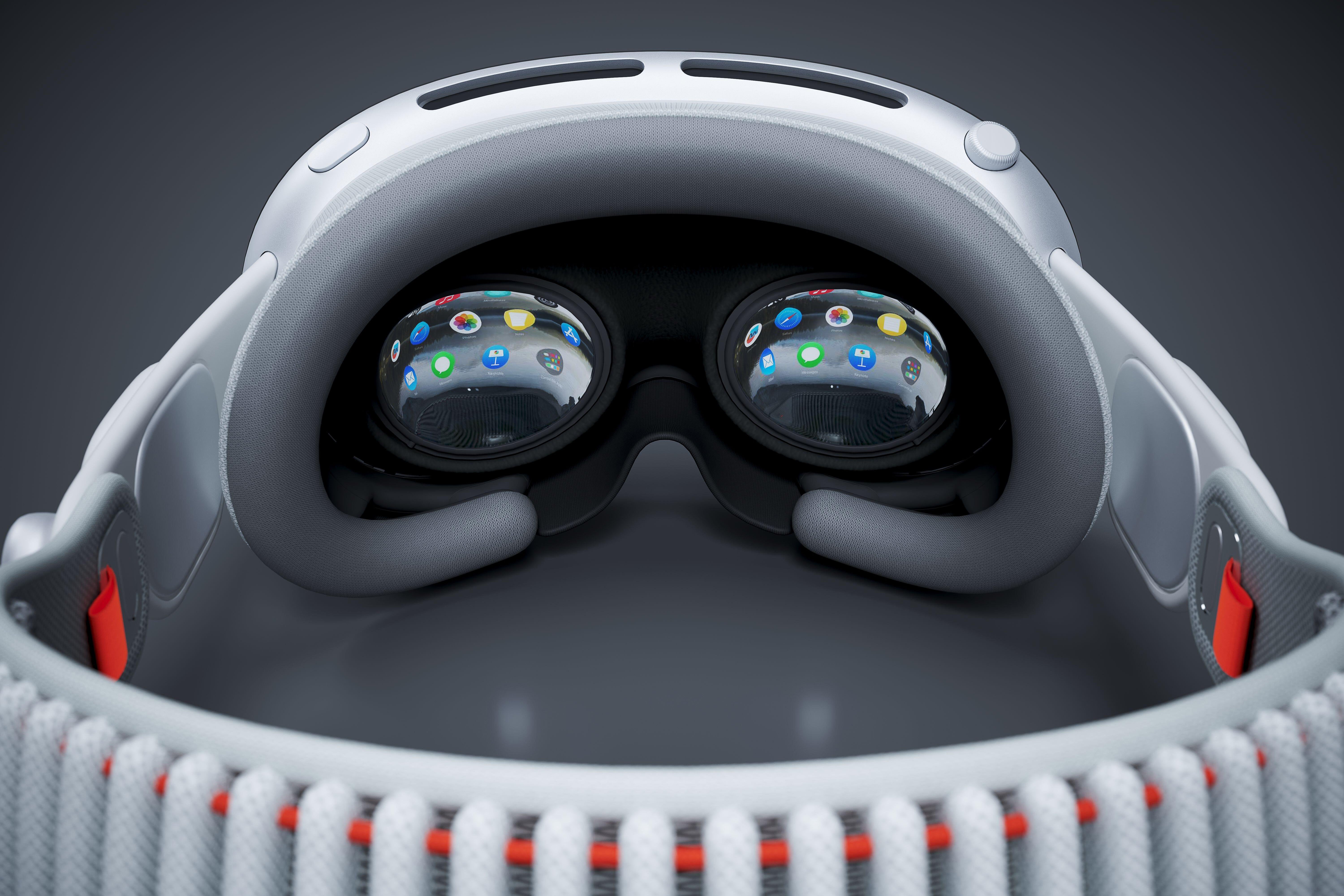
Apple released its long-awaited Vision Pro mixed-reality headset this month. The company describes the device, which has a starting price of $3,500, as a “spatial computer,” an alternative to a standard laptop or desktop. Apple’s ads have shown people using the headset to send e-mails and conduct other mundane two-dimensional tasks, and a June 2023 press release from the company said, “Apple Vision Pro is designed for all-day use.” Enthusiastic early adopters have already recorded themselves using it for dozens of hours on end—and even wearing it while sleeping.
Yet many experts are skeptical that this kind of headset can—or should—replace our physical monitors, keyboards and mice. Some worry that using such a device for long periods could lead to motion sickness, new types of social isolation or other unintended consequences.
Virtual reality (VR) and augmented reality (AR) are incredible tools for creating unique and immersive experiences, says Jeremy Bailenson, founding director of Stanford University’s Virtual Human Interaction Lab, where he researches the psychology of VR and AR. But that doesn’t mean such a headset is always a useful tool. “We don’t use it for everyday stuff. You don’t need to put on a headset to read your e-mail,” he says, or to “enter numbers into a spreadsheet.”
On supporting science journalism
If you’re enjoying this article, consider supporting our award-winning journalism by subscribing. By purchasing a subscription you are helping to ensure the future of impactful stories about the discoveries and ideas shaping our world today.
Apple’s 1.4-pound goggles use sensors, including a lidar scanner and a camera array, to place people into what’s been called “mixed reality.” Outward-facing cameras offer a real-time view of users’ surroundings, while two small screens—situated directly in front of their eyeballs—simultaneously display an interactive digital realm. Meta’s Quest 3 headset, released in…
Read the full article here






